For parents seeking ways to enhance their child’s communication abilities, Augmentative and Alternative Communication (AAC) offers a promising solution. In this article, we will answer the question, “How did Augmentative and Alternative Communication (AAC) evolve?” We will discuss AAC’s roots, discovering how it has transformed over the years and how it can be of benefit today.
A Brief History of How Did Augmentative and Alternative Communication (AAC) Evolve

Humble Beginnings
Before the digital era, individuals relied on basic yet profound communication aids. Methods like sign language, gestures, single pictures, picture boards, and communication notebooks paved the way. By the 1970s, structured AAC systems, including protocols like Makaton, gained recognition.

Embracing Technology
The late 20th century marked a significant era for AAC. Sign language was taught to and used with hearing individuals. Devices such as the Lightwriter allowed users to transform text into synthesized speech. This period was a game-changer, setting the stage for advanced technological interventions in AAC.
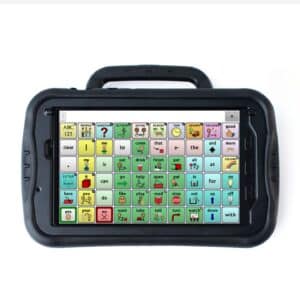
Modern-Day AAC Innovations
The evolution hasn’t stopped. Sign language continues to be used. Apps like Proloquo2Go and TouchChat have made AAC more accessible than ever, transforming everyday smartphones and tablet computers into potent communication tools. Enhanced with AI capabilities, they’re ensuring that communication is not just feasible but also intuitive. Dedicated AAC devices have advanced in their scope, function, content, ease of use, durability, and accessibility.
The Growing Scope of AAC
Originally, AAC’s main audience was those with severe speech and physical challenges. But today, its scope has expanded, supporting individuals with a variety of communication needs. This growth mirrors society’s evolving understanding of varied communication needs and the right of all humans to have access to communication systems as a means to augment or replace conventional speech.
Augmentative and Alternative Communication: Tips for Parents
AAC in the School Environment
School is a critical realm for every child. By introducing AAC tools into Individualized Education Programs (IEPs), we ensure that each student finds their voice and can actively participate in their learning journey.
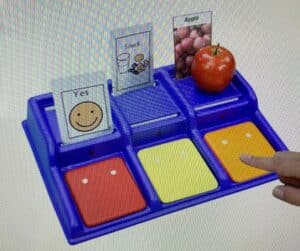
Everyday Integration of AAC
Everyday moments are perfect opportunities for AAC modeling and use. Activities like dressing, mealtime, playing, and reading can be enhanced with modeling and use of sign language, picture systems, or AAC apps or dedicated devices, turning routine moments into enriching communication experiences.
Fostering Social Bonds with AAC
AAC offers more than just a mode of communication. By engaging in AAC-centric activities or groups, children can develop social skills, gain confidence, establish lasting friendships, and open the door to career opportunities.
FAQs
1. What exactly is AAC?
- AAC stands for Augmentative and Alternative Communication, providing tools and strategies for individuals with significant communication challenges to supplement or for use in place of their spoken language. These tools offer opportunities for more effective and efficient communication.
2. Who can benefit from AAC?
- Anyone with communication difficulties can benefit from AAC.
3. Are there different kinds of AAC systems?
- Absolutely! They range from sign language and picture cards to sophisticated digital apps and devices with dynamic display voice output capabilities.
4. Could AAC impede my child’s natural speech development?
- Contrary to that notion, research indicates that AAC often supports and enriches speech and language development.
5. How should I start with AAC for my child?
- Begin with basic methods such as natural gestures, sign language and individual photographs, and as proficiency grows, you can introduce increasingly advanced systems. Consult a speech-language pathologist for guidance.
Resources
- AAC Institute
- A comprehensive center offering extensive AAC resources and training.
- ASHA’s AAC Information Page
- A thorough guide from the esteemed American Speech-Language-Hearing Association.
- PrAACtical AAC
- Offering insights, stories, and practical advice from the AAC community.
- AssistiveWare
- Delve into an array of AAC tools, tutorials, and user experiences.
Summary/Conclusion
From its rudimentary beginnings to its current state-of-the-art solutions, how AAC has truly evolved! It embodies empowerment, innovation, connection, communication, and opportunity. For parents looking to enhance their child’s communication avenues, AAC offers an optimistic and exciting path forward. By understanding and leveraging its capabilities, parents can provide their children with the tools to better understand, express, engage, and thrive in the world around them.

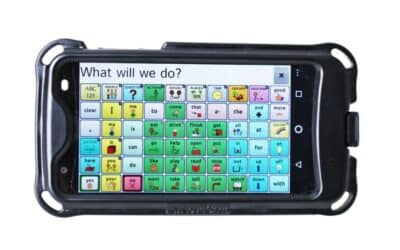
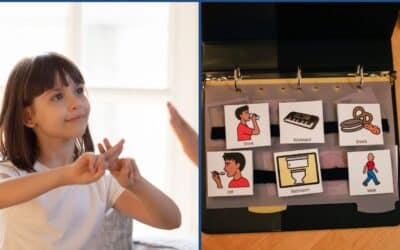
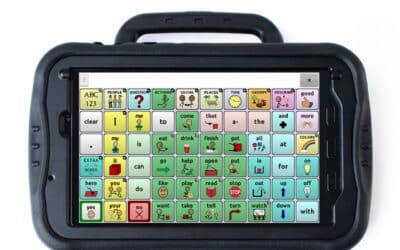
0 Comments